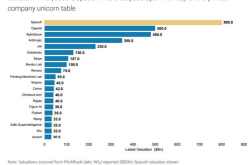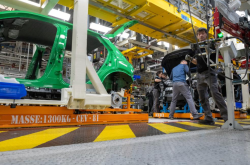Half-Year Financing Tops RMB 10 Billion as Capital Races to Acquire Humanoid Robots
![]() 07/31 2025
07/31 2025
![]() 420
420
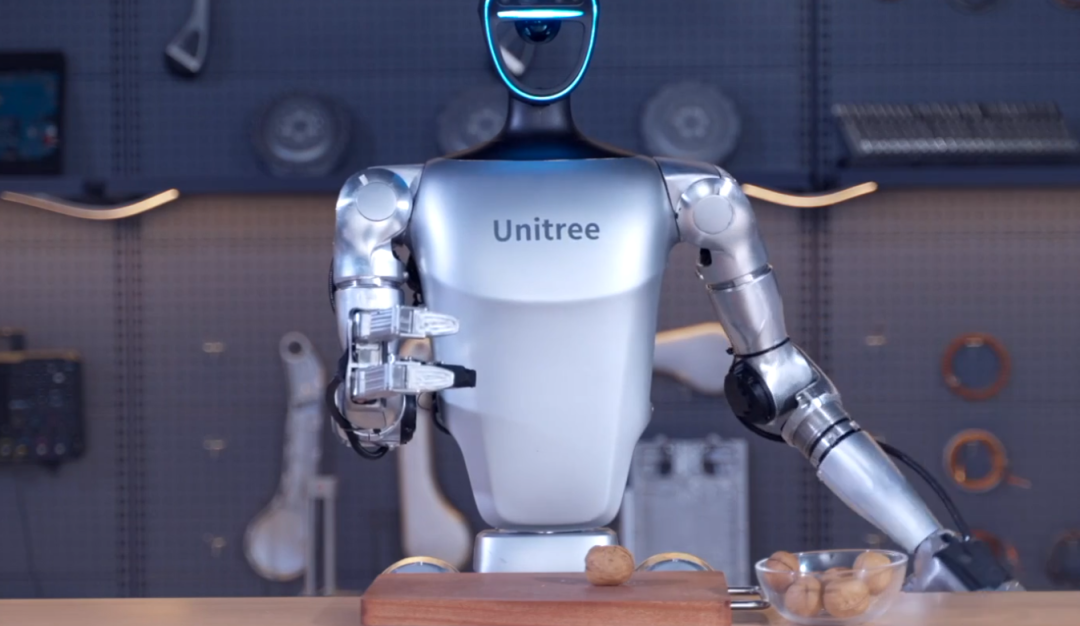
Despite Advancements, Mass Production and Commercialization Face Hurdles
Written by / Li Jinlin
Edited by / Li Ji
Typeset by / Annalee
From the "Rice Seedling BOT" performance during the Year of the Snake Spring Festival Gala to the numerous robot marathons and battles, to the grand display of over 80 humanoid robot enterprises at the 2025 World Artificial Intelligence Conference, 2025 has undeniably marked a breakthrough year for humanoid robots.
While gaining widespread popularity, capital has also been extending its reach. Star enterprise Unitree Robotics has initiated listing counseling with a valuation exceeding RMB 12 billion, potentially becoming a new market leader on the STAR Market; "The First Humanoid Robot Stock," UBTech, has launched its fifth refinancing plan.
Since July, there has been an investment event in the humanoid robot sector every 1.5 to 2 days on average, with "hundreds of millions" of financing becoming the norm.
Capital is betting on the future of humanoid robots, but the current reality presents challenges in mass production and commercialization. The hotter the capital market flames, the more crucial it is for enterprises to demonstrate sustainable capabilities and sound business logic.
RMB 15.3 Billion in Hot Money, One Financing Event Every Two Days
The 2025 World Artificial Intelligence Conference has witnessed several historic moments.
Compared to last year's 18 enterprises, the number of exhibiting humanoid robot enterprises this year has multiplied, with over 80 enterprises showcasing their skills on the same stage.
From boxing and curling to catching tofu and writing calligraphy, humanoid robots have achieved innovative breakthroughs, transitioning from "moving" to "being used" with continuously expanding application scenarios.
For instance, Kinglong Intelligence's bipedal humanoid embodied service robot XMAN-F1 demonstrated its smooth popcorn-making skills during the exhibition and can also prepare various drinks according to customer needs, offering options like "whether to add ice" or not.
The agile Lingxi X2, known as the "social fighter," despite its slender build, masters high-difficulty motor skills such as walking, running, jumping, riding a bicycle, and squatting with weight. It is also equipped with a multimodal interactive large model, capable of demonstrating anthropomorphic expressions like "peeking" and "scratching."
Shanghai Electric introduced a humanoid robot developed with the concept of "industrial genes and scenario customization." Standing at 167 centimeters tall and weighing 50 kilograms, it possesses 38 degrees of freedom throughout its body, enabling flexible movement in various industrial environments. It can independently recognize, locate, and transport boxes of different specifications, significantly improving warehouse operation efficiency.
Judging from these advancements, humanoid robots are evolving from "ornaments" to "helpers," marking a qualitative change in the industry.
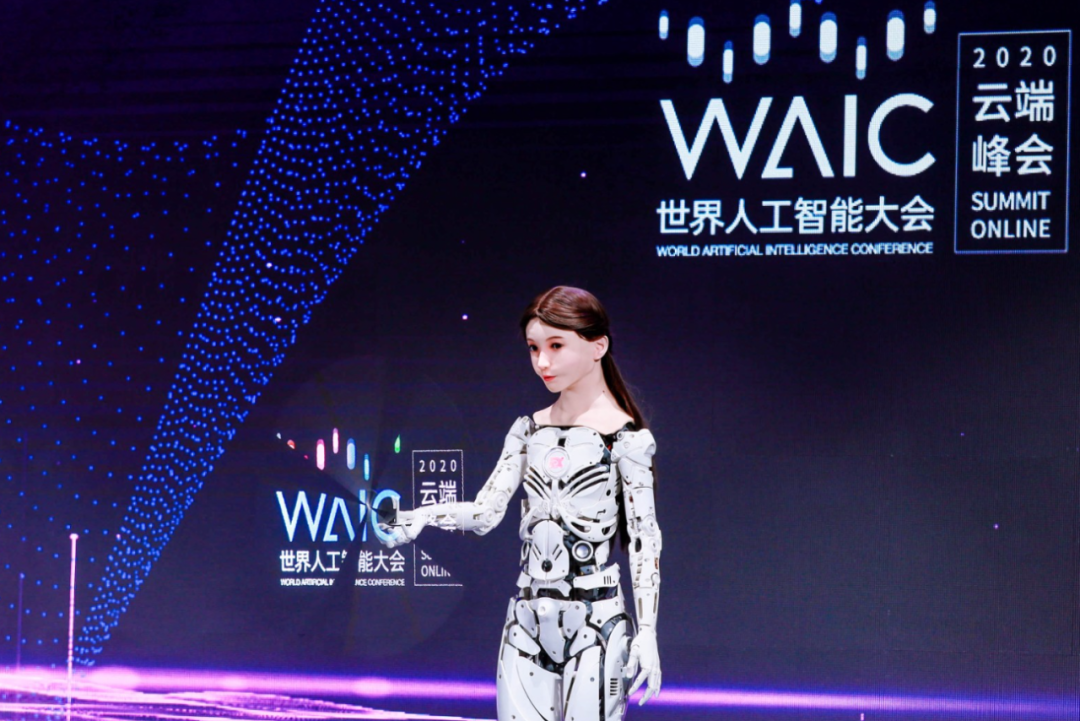
Image source: World Artificial Intelligence Conference official
Driven by both technology and capital, the humanoid robot industry is experiencing an unprecedented financing boom. In 2025, this field has soared in popularity, becoming the focus of attention for global investors.
In terms of the number of financing events, there has been explosive growth. Data shows that from 2025 to present, there have been 108 investment and financing events in the field of humanoid robots, totaling RMB 15.35 billion.
Since July, the financing pace of the entire sector has further accelerated, with an investment event related to humanoid robots occurring every 1.5 to 2 days on average.
Various data intuitively reflect that more and more capital is pouring into the humanoid robot sector, and the industry's attractiveness is increasing daily.
In terms of financing amounts, new highs have been frequently set. Hundreds of millions of yuan in financing has become the norm, with large-scale financing events occurring frequently. Top global investment institutions such as Sequoia Capital and Hillhouse Capital are not absent. Shenzhen Crossrobotics Technology Co., Ltd. announced the successful completion of a private placement, raising a total of HK$1.037 billion. Shenzhen Zhongqing Robotics Technology Co., Ltd. successively completed Pre-A++ and A1 rounds of financing, totaling nearly RMB 1 billion. Companies such as Zhiyuan Innovation (Shanghai) Technology Co., Ltd., Shenzhen Zhuji Power Technology Co., Ltd., and Hangzhou CloudMinds Technology Co., Ltd. also announced related financing progress in July, with individual amounts exceeding RMB 100 million.
Star enterprises are, of course, among the frontrunners. After the success of "Rice Seedling BOT" at this year's Spring Festival Gala, Unitree Robotics has become the "it" enterprise in the humanoid robot sector, not only attracting widespread attention from the consumer market, igniting a wave of robot leasing, but also being sought after in the capital market.
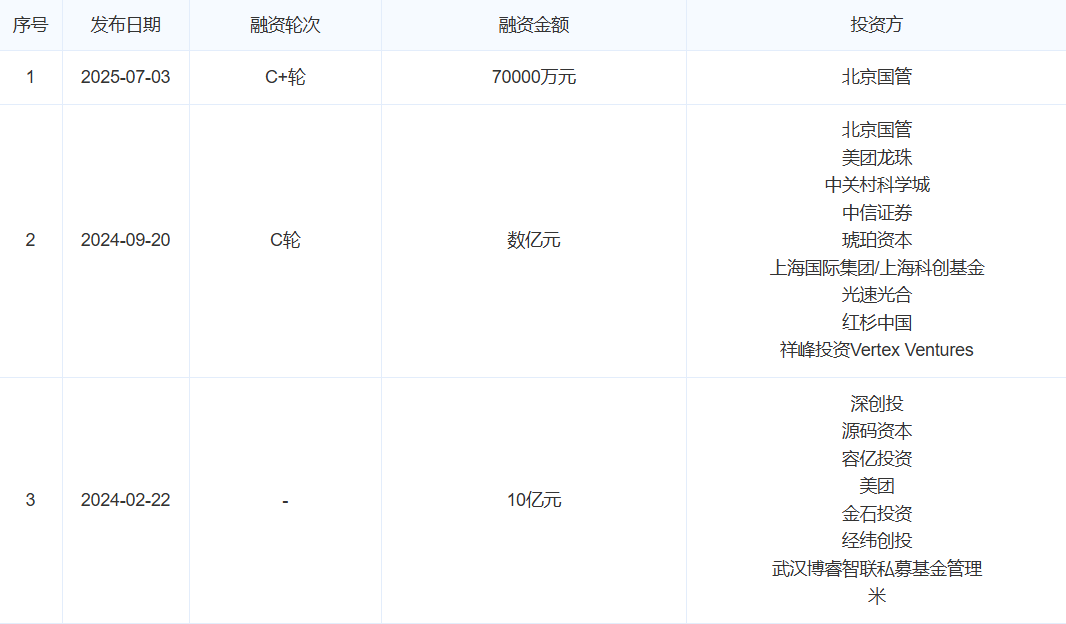
Unitree Robotics' latest financing progress
Giants such as China Mobile, Lei Jun (Shunwei Capital), Tencent, Alibaba, and Ant Group have scrambled to enter the market, pushing Unitree Robotics' valuation after the C round to RMB 12 billion. A few days ago, the China Securities Regulatory Commission officially announced that Unitree Robotics has started listing counseling. Some media predicted that Unitree Robotics' listing section is likely to be the STAR Market, and with its current valuation, it is expected to become a new market leader on the STAR Market.
And the already listed Hong Kong stock "The First Humanoid Robot Stock," UBTech, is also leveraging the trend to strengthen its position. On July 22, UBTech, which has been listed for 19 months, announced the launch of its fifth refinancing plan, proposing to place approximately 30,155,450 new H shares at a price of HK$82 per share, raising approximately HK$2.473 billion. After deducting related fees and expenses, the net fundraising amount is approximately HK$2.41 billion.
Leading enterprises, with their advanced technology, strong teams, and good market prospects, have become the target of capital competition, further driving up industry valuations.
To Conquer the Trillion-Yuan Market, Address Mass Production First
This year, whether from the perspective of capital heat or market orders, the humanoid robot industry has experienced a surge in momentum. On July 11, China Mobile planned to purchase small-sized humanoid bipedal robots, computing backpacks, and five-finger dexterous hands from Unitree Robotics for RMB 46.05 million, which is the largest single public order in the domestic humanoid robot field. It also signifies that the "national team" has added another spark to the large-scale commercial use of humanoid robots.
Looking to the future, EVTank predicts that global demand for humanoid robots will reach 18 million units by 2035, with the market size climbing to RMB 1.5 trillion. Morgan Stanley also predicts that humanoid robots will be "widely adopted" in China in the second half of 2025.
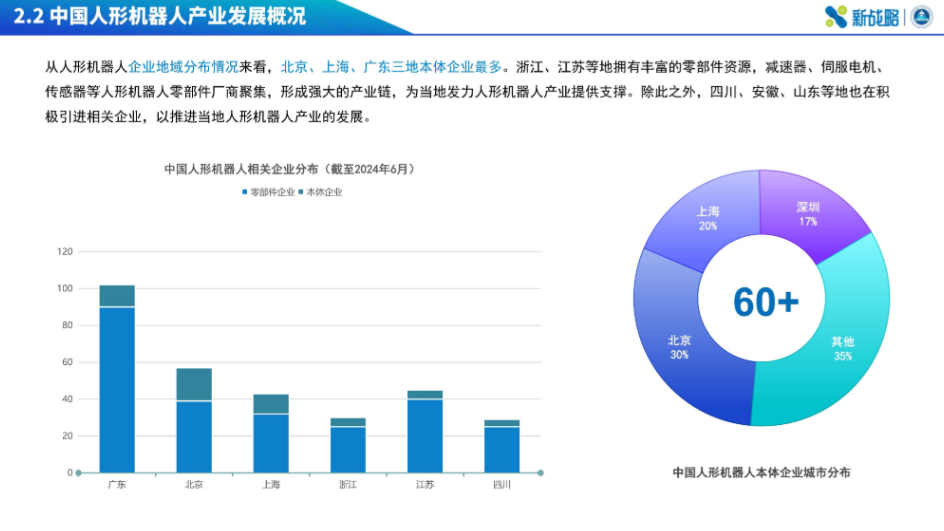
Image source: New Strategy
Policies and prospects have amplified the voice that the humanoid robot industry will officially usher in the "first year of mass production" this year. However, the reality is that despite significant progress in technology research and development and capital injection, the humanoid robot industry still faces many challenges in mass production and commercialization implementation.
From a production standpoint, the manufacturing of humanoid robots involves complex technologies across multiple fields such as machinery, electronics, and software, with extremely high requirements for production processes.
"Currently, the production of most humanoid robot enterprises still relies on manual completion. While this may not pose significant issues during small-scale production, once entering the mass production stage, issues such as low production efficiency and unstable product quality will be exposed," revealed someone from a humanoid robot enterprise.
The capacity bottleneck of key components also restricts the mass production process of humanoid robots. Taking the planetary roller screw as an example, as one of the key components of humanoid robots, its production process is complex, the technical threshold is high, and the number of suppliers with large-scale production capacity is limited.
Currently, the production of planetary roller screws still relies on manual operation, resulting in a serious shortage of capacity and difficulty in meeting market demand. Additionally, other key components such as servo motors, reducers, and sensors also have similar capacity issues, leading to high overall manufacturing costs. With a few enterprises dominating the market, there is very little room for negotiation.
For humanoid robot enterprises to achieve a leap from hundreds to thousands or even tens of thousands of units, they must make significant innovations and improvements in production processes, enhance production automation levels, and increase support for key component suppliers. Cultivating more suppliers with large-scale production capabilities is crucial to ensure a stable supply of components.
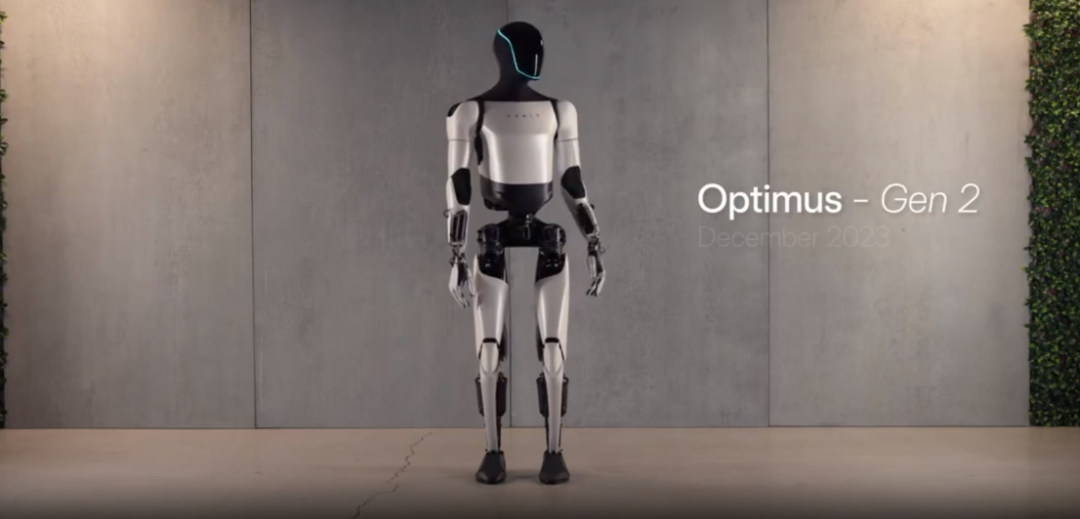
Musk revealed that Optimus is expected to start mass production in 2026
Turning to commercialization, the mature application scenarios for humanoid robots are relatively limited, with most still in the demonstration and pilot phases.
For example, the "Rice Seedling BOT" performance during the Spring Festival Gala made Unitree Robotics' humanoid robots extremely well-known overnight, triggering a boom in the consumer and leasing markets. However, as the heat subsided, the prices of their products in the second-hand market also began to fall sharply, which may to a certain extent indicate that performance and viewing scenarios are not sufficient to open up a broader consumer market.
In other application scenarios, the role that humanoid robots can provide is also limited. For instance, Fourier Intelligence entered the medical rehabilitation robot market in 2017. In the elderly care scenario, although humanoid robots can provide companionship, health monitoring, and other services for the elderly to a certain extent, due to the complex and diverse physical conditions and needs of the elderly, robots still have obvious deficiencies in responding to emergencies and providing personalized nursing services.
In educational scenarios, UBTech's humanoid robots have entered schools for pilot teaching. As a teaching aid, while it can bring students a novel learning experience, its teaching content and methods are currently not rich and flexible enough to fully meet teaching needs.
Moreover, the "hardware and software integration" delivery capability remains an industry pain point. Humanoid robots not only require advanced hardware equipment but also powerful software systems to realize their intelligent functions. However, at present, many enterprises lack sufficient coordination in the development of hardware and software, resulting in issues such as incompatibility between software and hardware and poor system stability in practical applications, affecting user experience and product promotion.
Currently, the humanoid robot industry is in a critical period full of opportunities and challenges. The recent financing boom demonstrates capital's high recognition of the future development potential of this field. However, the difficulties in mass production and commercialization implementation also objectively exist. For the humanoid robot industry to achieve the leap from concept to reality, from the laboratory to the market, patience is still required.

